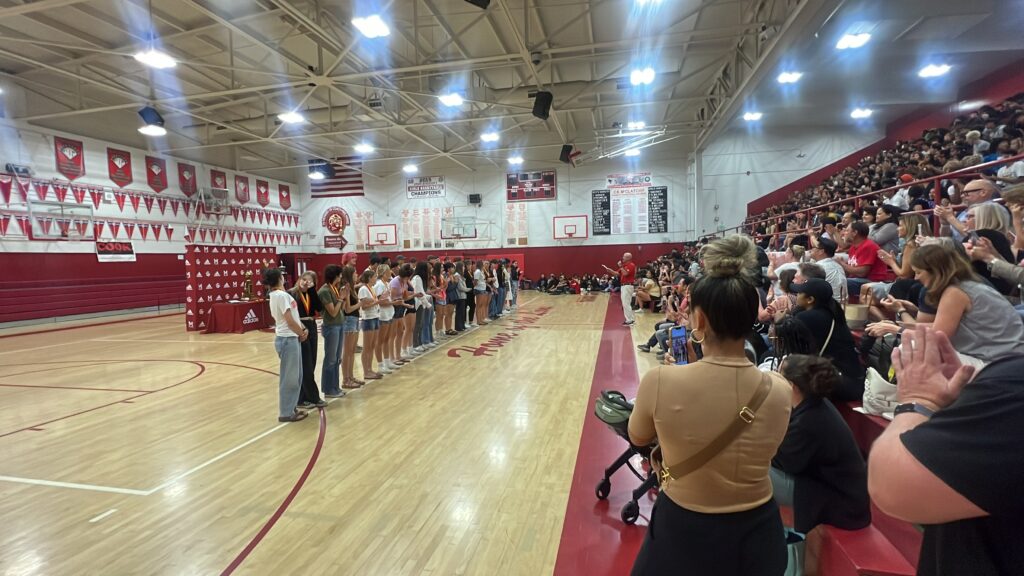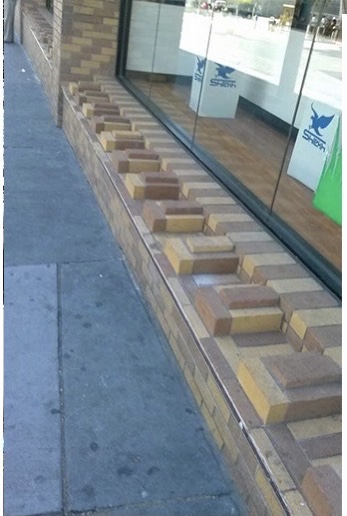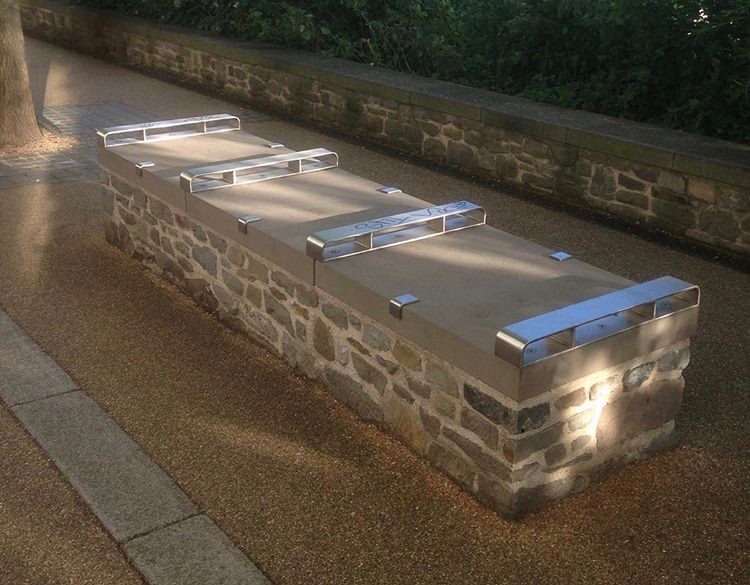













Taken by editor Jaida Cohen and guest photographer Charlotte Carmona
“The DJ was on fire! I had the best time ever. There were good treats this year and the teachers were more laid back. It felt like everyone was welcome. Maybe next year it could be located in a place with water fountains and bigger bathrooms.” – Arlo Payne
“…A senior said last year’s was really bad. This one [seems] way better; it was pretty well thought out.” – Bryce Rogovoy
“This was the first good McClatchy DJ. It needed more decorations, and Bonnie should’ve won Prom Queen.” – Ruby Copher


















By Jaida Cohen, Staff Writer
In Sacramento, 195 homeless people died last year with the winter season being the deadliest, according to an analysis by the Sacramento Bee. The previous year, 137 died with the winter season being the deadliest. Anti-homeless architecture poses additional challenges for homeless citizens who already face numerous hardships and unsafe conditions.
Homelessness has long been a problem in Sacramento. According to the California Globe, over 11,000 people were experiencing homelessness in Sacramento as of November 2021.
Last year Mayor Darrell Steinberg released an ambitious proposal to build 20 new shelter sites, which would serve about 3,600 people total. In August the Sacramento City Council unanimously decided to move forward with the plan, allotting $100 million to fund it over the next two years.
Despite Steinberg’s efforts, many homeless residents often feel safer sleeping in a public space like an underpass or park than in a shelter. However, anti-homeless architectural designs force them to seek different places to sleep and rest. Attitudes toward the architecture are mixed, but ultimately all homeless residents are affected, especially during the winter season.
“Our downtown has incorporated hostile designs and practices, such as removing benches outside the library, erecting fencing to keep people out of alcoves, turning off all the water faucets, turning on sprinklers at odd hours at parks – just some examples to discourage homeless people and loitering,” said Paula Lomazzi, the director of Sacramento’s Homeward Street Journal.
“What they have done affects everyone, making downtown uncomfortable for everyone, including shoppers,” she added.

But many Sacramentans are working to advocate for the homeless, like Bob Erlenbusch, the founder and executive director of the Sacramento Regional Coalition to End Homelessness (SRCEH). His organization seeks “to end and prevent homelessness in the Sacramento region through policy analysis, community education, civic engagement, collective organizing and advocacy.”
When asked if he thinks that anti-homeless architecture harms the safety of homeless people, Erlenbusch said “Yes. It harms their safety because it reduces the safe places they can be – a well lit park, a well lit street, lots of car and foot traffic, and forces them into more isolated and darker places that are unsafe.”
“The community is sending the message ‘you are unwanted.’ It architecturally enshrines ‘not in my backyard,’” he explained.
Erlenbusch believes that instead of just focusing on the winter season, Sacramento needs year-round shelter, affordable and accessible housing, and support to provide to its homeless residents.
Sacramento County has over 1,000 unaccompanied homeless teenagers, with 40 percent being LGBTQ+ youth who were kicked out of their home. High schoolers can help Sacramento’s homeless by working with homeless youth programs like Wind and Walking the Village, organizations that operate under the Homeless Youth Advocacy Coalition.